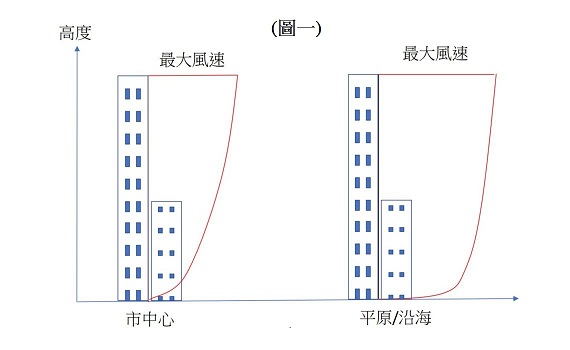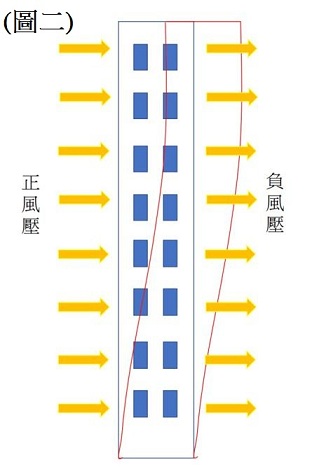- About us
- Funding services
- Estimated Application Timetable for FDCT Funding Schemes
- Account Registration
- Guidelines, Forms, Styles, and Templates
- Funding Scheme for Scientific Research and Innovation
- Funding for enterprise innovation and R&D
- Funding Scheme for External Science and Technology Cooperation
- Funding Scheme for Scientific Research Platform
- Funding Scheme of Macao for Science and Technology R&D Talent
- Past Project Funding Schemes (2024 or earlier)
- Connecting Macao and Hengqin
- S&T cooperation
- S&T award
- Transformation of Achievements
- Information disclosure
- Frequently asked questions (FAQ)
- Opinion Survey.
- About us
- Funding services
- Estimated Application Timetable for FDCT Funding Schemes
- Account Registration
- Guidelines, Forms, Styles, and Templates
- Funding Scheme for Scientific Research and Innovation
- Funding for enterprise innovation and R&D
- Funding Scheme for External Science and Technology Cooperation
- Funding Scheme for Scientific Research Platform
- Funding Scheme of Macao for Science and Technology R&D Talent
- Past Project Funding Schemes (2024 or earlier)
- Connecting Macao and Hengqin
- S&T cooperation
- S&T award
- Transformation of Achievements
- Information disclosure
- Frequently asked questions (FAQ)
- Opinion Survey.
Severe typhoons can move high-rise buildings
Source: Associate Professor Lam Chi Chui and Professor Tam Kam Weng, Faculty of Science and Technology of the University of Macau
Nowadays, due to a densely-populated city with limited land resources, many buildings need to be built higher. As more buildings are built higher, higher requirements are also developed for resistance to the forces generated by nature, such as gravity, wind, and etc. For example, when severe typhoon strikes Macao, residents living in high-rise buildings may feel a slight movement. In the structural design of buildings, civil engineers need to take into account not only the vertical loads generated by the force of gravity, but also the associated horizontal loads induced by winds and earthquakes. When the buildings are affected by these horizontal forces, the horizontal displacement may occur. In general, the higher a building is, the greater the wind force becomes. Wind force imposed on a building is related to not only the height of a building, but also the wind speed and building location. Normally, wind pressure is proportional to the square of wind speed. Wind speed in the plains or coast tends to be higher than that in city centers at the same elevation (Figure 1). The horizontal displacement has a close relationship with the wind force, wind direction and plane area of the related building. For example, when two buildings with the same area are struck by the same wind force, the higher building will have a greater top displacement than the lower one. The horizontal displacement of high-rise buildings (e.g., 25 stories or more) may reach a few centimeters under strong winds. Thus, in the structural analysis, the structure designers shall consider not only the structural strength, but also the reasonable range of horizontal displacement of the building under strong winds. In the design of high-rise buildings, reasonable horizontal displacement is always the most important consideration.
As for the wind effects on high-rise buildings, in addition to considering the structural strength and displacement, external building elements such as glass windows and external wall panels are also important design considerations. Hit by strong winds, the windward wall is receiving positive wind pressure, while other side walls are receiving negative wind pressure. Therefore, glass windows and external wall panels may be probably pulled out due to negative pressure (Figure 2).

| (圖一) | (Figure 1) |
| 高度 | Height |
| 市中心 | City center |
| 平原/沿海 | Plain/coast |
| 最大風速 | Maximum wind speed |

| (圖二) | (Figure 2) |
| 正風壓 | Positive wind pressure |
| 負風壓 | Negative wind pressure |
Sitemap
- About us
- Funding services
- Scientific research funding
- Science Popularization Funding
- Patent funding
- Joint funding
- Funding for enterprise innovation and R&D
- Project Funding Program of Smart City Applications and Solutions of Macao
- Scientific Research Devices and Equipment Funding
- Postdoctoral Researchers Funding
- Funding for Overseas Training of Young Scientific Researchers
- Key R&D Program
- Funding Scheme for Laboratories and R&D Centers
- S&T cooperation
- S&T award
- Science popularization activity
- Student summer camp and teacher science popularization corps
- 2017 S&T Week and Chinese Civilization & Technology Innovation Exhibition
- Junior S&T Talents Training Program
- Potential Capacity Development Program
- Summer Vacation Courses 2018 of Tel Aviv University, Israel
- XLAB International Science Camp 2018
- Popular science about windstorm disasters
- Information disclosure
- Smart city
- Related links
- FAQ

Office address: Avenida do Infante D. Henrique, No. 43-53A, Macau Square, 8th Floor, Unit C and 11th Floor, Unit K, Macao (To apply for project funding, please go to 11th Floor, Unit K)
Office hours: Monday to Thursday: 9:00-13:00, 14:30-17:45;Friday: 9:00-13:00, 14:30-17:30;Tel.: 28788777
Copyright(C) 2021 ALL right reserved.
Office hours: Monday to Thursday: 9:00-13:00, 14:30-17:45;Friday: 9:00-13:00, 14:30-17:30;Tel.: 28788777
Copyright(C) 2021 ALL right reserved.

